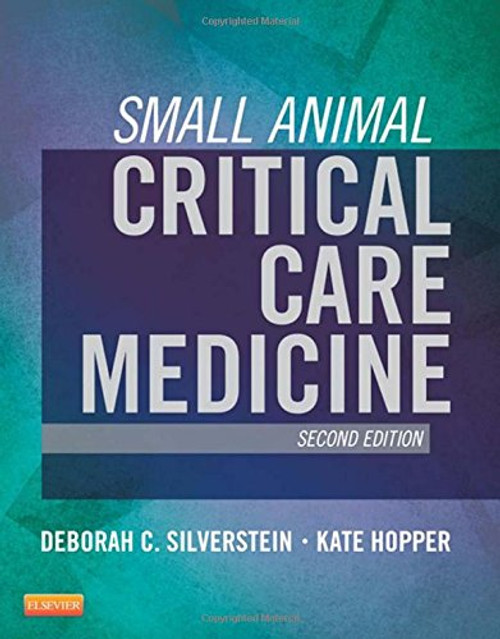Product Overview
Body Criticism is a celebration of visual culture as well as a contribution to our understanding of the history of the human body. At its core is an exploration of the innovative strategies developed in the 18th century for making visible the unseeable aspects of the world. In the process it uncovers and analyzes the persistence of a set of body metaphors deriving from both aesthetic and medical practices. For Barbara Stafford, all forms of representation are metaphors for cognitive processes in a society, and the historian's job is to reconstruct the metaphors in order to shed light on the society. Here she looks at the changing nature of images of the human body as a key to understanding the changing status of the body as Western society was establishing the outlines of modernity. The six central chapters examine a range of images and representational practices under the headings Dissecting, Abstracting, Conceiving, Marking, Magnifying and Sensing. The importance of Body Criticism lies in its own visibilizing of previously unexplored interrelationships between art and medicine not only during the Enlightenment but now. Stafford also presents a strong argument for society's need to recognize the occurrence of a profound revolution - a radical shift from a text-based to a visually-centred culture. She offers an analysis of a philosophic, artistic, and scientific quest that continues in our contemporary technological search to reveal nonapparent physical and mental experience. Based on her study of the roots of this visual culture, she argues that modern societies need to develop innovative, nonlinguistic paradigms and to train a broad public in visual aptitude.






